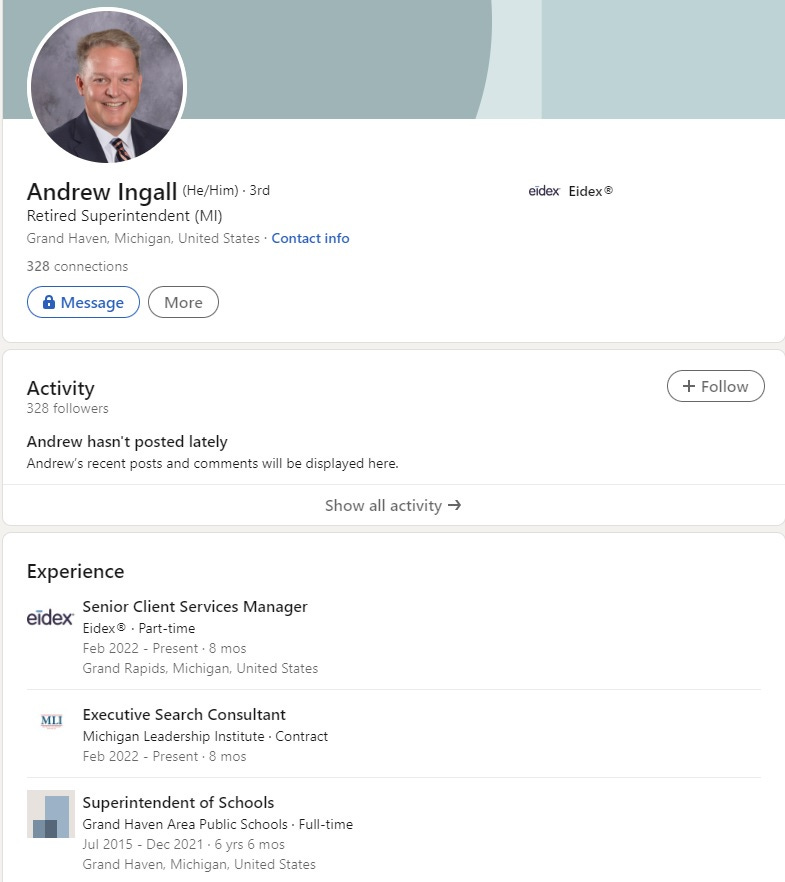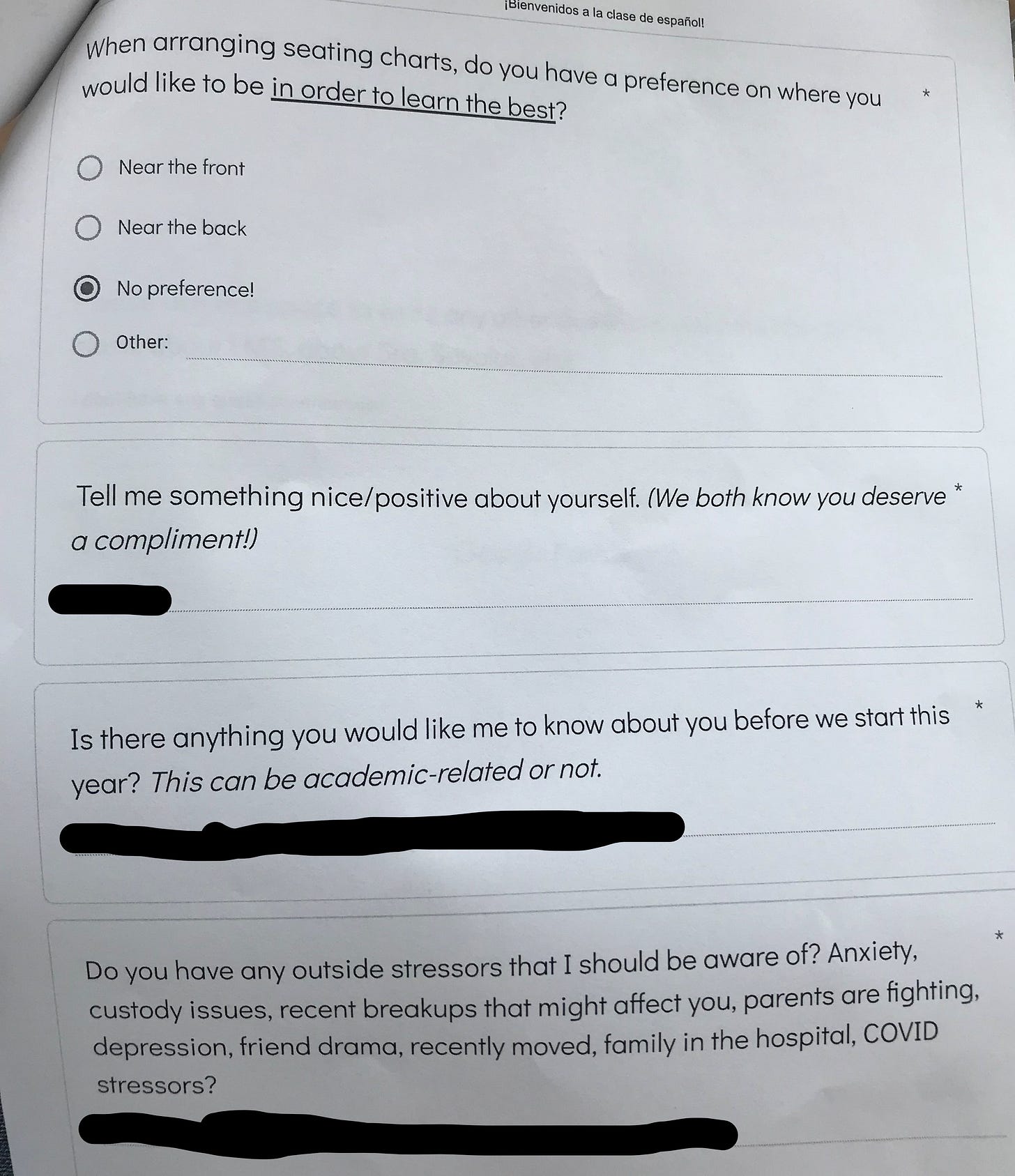Created in 1968 by Dr. James Comer at Yale University's Child Study Center, the Comer School Development Program (SDP) was designed to pull schools with poor academic performance up to grade level. His research had told him that in many failing urban schools, too many students lacked the basic social interaction skills required to progress in an academic setting. Dr. Comer's system works by creating a positive school climate that builds supportive bonds between students, parents, teachers and school administrators. In each participating school, the following structure is created:
Teams (School Planning and Management, Student and Staff Support Team, Parent/Family Team)
Operations (Comphrehensive School Plan, staff development plan, assessments)
Guiding Principles (collaboration, decision-making by consensus, no-fault problem solving)
At its core, the Comer SDP is not a curriculum program but instead a process that allows an individual school to determine its own instructional strategies to meet its goals. The key is to create the constructive collaborative environment between the school and families that improves school climate to meet the needs of the students. Through the late 1970s and the 1980s, the system was field tested in a number of states, culminating in a $15 million grant from the Rockefeller Foundation for national expansion.
In the late 1980s, higher education started to notice the success of Comer's methods, leading to a derivative of his program coming into existence in 1997 through a new organization called the Collaborative for Academic, Social, and Emotional Learning (CASEL). CASEL's new program, Social and Emotional Learning (SEL), was described as "the process of acquiring and effectively applying the knowledge, attitudes, and skills necessary to recognize and manage emotions; developing caring and concern for others; making responsible decisions; establishing positive relationships; and handling challenging situations capably". All of their description sounds fine, but CASEL's intentions with SEL were much more ambitious than those of Comer. While Comer sought to raise the the performance of struggling schools, CASEL "believed that schools must attend to all children’s social and emotional needs". And they wanted it done through the power of law.
In the decade following the introduction of SEL, CASEL made the following inroads in its quest to make SEL compulsory:
2002: The Illinois Advisory Council is formed to promote legislation for SEL standards
2003: The first SEL review of school-based SEL programs is published
2004: Illinois is the first state to adopt SEL standards
2006: SEL tools released on implementation in schools
2009: The first Federal Act on Academic, Social, and Emotional Learing Act is introduced (House Resolution 4223 of the 111th Congress)
As SEL continued to expand into the 2010s, critical theorists found that SEL provided a great framework to bring their ideas of social justice to the K-12 audience. In addition, the World Economic Forum has become staunch supporters of SEL as their organization seeks to coerce governments and the private business sector to adopt their Environmental, Social and Governance (ESG) initiatives. In a recent podcast, Dr. James Lindsay laid out what he calls the The Dark Truth About Social Emotional Learning. At four hours in length the podcast is rather long, but he ties in the following themes very well by reading directly from published materials as evidence of his assertions:
Theme #1: Over the years, SEL has become grounded in the cultural Marxist approach of Paulo Freire. Dr. Lindsay reads the Forward to the book Handbook of Social and Emotional Learning: Research and Practice (2016), written by Linda Darling-Hammond. Darling-Hammond writes, "This endeavor includes the humanization of school institutions... As Paulo Freire explained humanization is the process of becoming more fully human as social, historical, thinking, communicating, transformative, creative persons who participate in and with the world. Educators he argued must listen to their students and build on their knowledge and experiences in order to engage in personalized education approaches that further the goals of humanization and transformation". This is the very definition of Marxist programming. I can imagine that most teachers sitting through a professional development day about SEL would come out of it asking, "What did I just listen to?" Just know that the instructional intent of today's version of SEL is to insert Freire's gobbledygook into all subject areas.
Theme #2: SEL is data mining for commerce and population behavior control. Dr. Lindsay enlightens us to the ties between tech companies and institutions like the WEF through a 2019 paper titled Psychodata: disassembling the psychological, economic, and statistical infrastructure of 'social-emotional learning'. Here are a couple of heavy-hitting passages from this paper:
Under this logic, the programme of building an infrastructure of social-emotional measurement is integral to the social-emotional management of the digital economy, by providing evidence of the development of the characteristics, personalities and behaviours required to preserve human capital in an AI-dominated future. As such, emerging SEL policy agendas instantiate a new mode of psycho-economic governance within education, one underpinned by a political rationality in which (ideally) society is measured effectively through scientific fact-finding and subjects are managed affectively through psychological intervention. Constructing an infrastructure of SEL measurement is central to the enactment of this goal.
Social-emotional learning needs to be understood as part of a political economy in which the measurement of humans' psychological attributes is seen as integral to economic forecasting and political management of populations.
So what does this meandering history of SEL mean for our children? Outside of school it means that large amounts of personalized data needs to be collected so that the economy of the future can be predicted and the 'correct' social behaviors can be nudged along. What's a good source of behavioral data? Public schools. The Every Student Succeeds Act of 2015 introduced the gateway of intrusive data collection in schools through continuous surveys and assessments. The collection of student data is becoming big business. There is even a company in Grand Rapids that offers a software solution to analyze student assessments called Eidex PRISM. GHAPS just happens to be a customer and our former Superintendent Andy Ingall is an employee.
Look at this recent sample from a GHAPS questionnaire:
Although the answers to these questions can undoubtedly help a teacher meet the needs of a struggling student, a number of concerns arise. Who sees this information besides the teacher? Does the information leave the school or the school district? What student privacy controls are in place? If a student provides a shocking answer to the last question, what process does the teacher follow to seek help for the student?
If you are a parent in the public school system, please be aware of the various surveys and assessments that are being requested of your children. Voice your concerns if you believe the questions are too invasive or inappropriate, or have your student opt out of data collection that has nothing to do with academic achievement.



